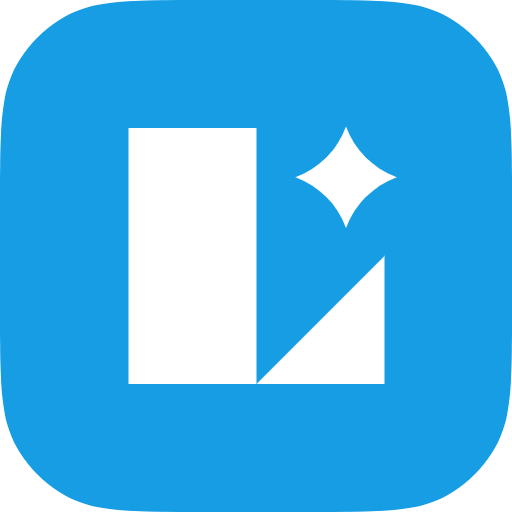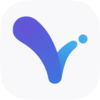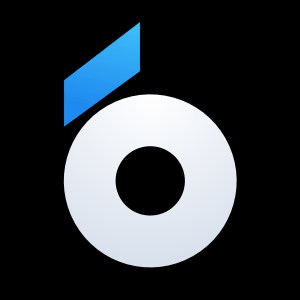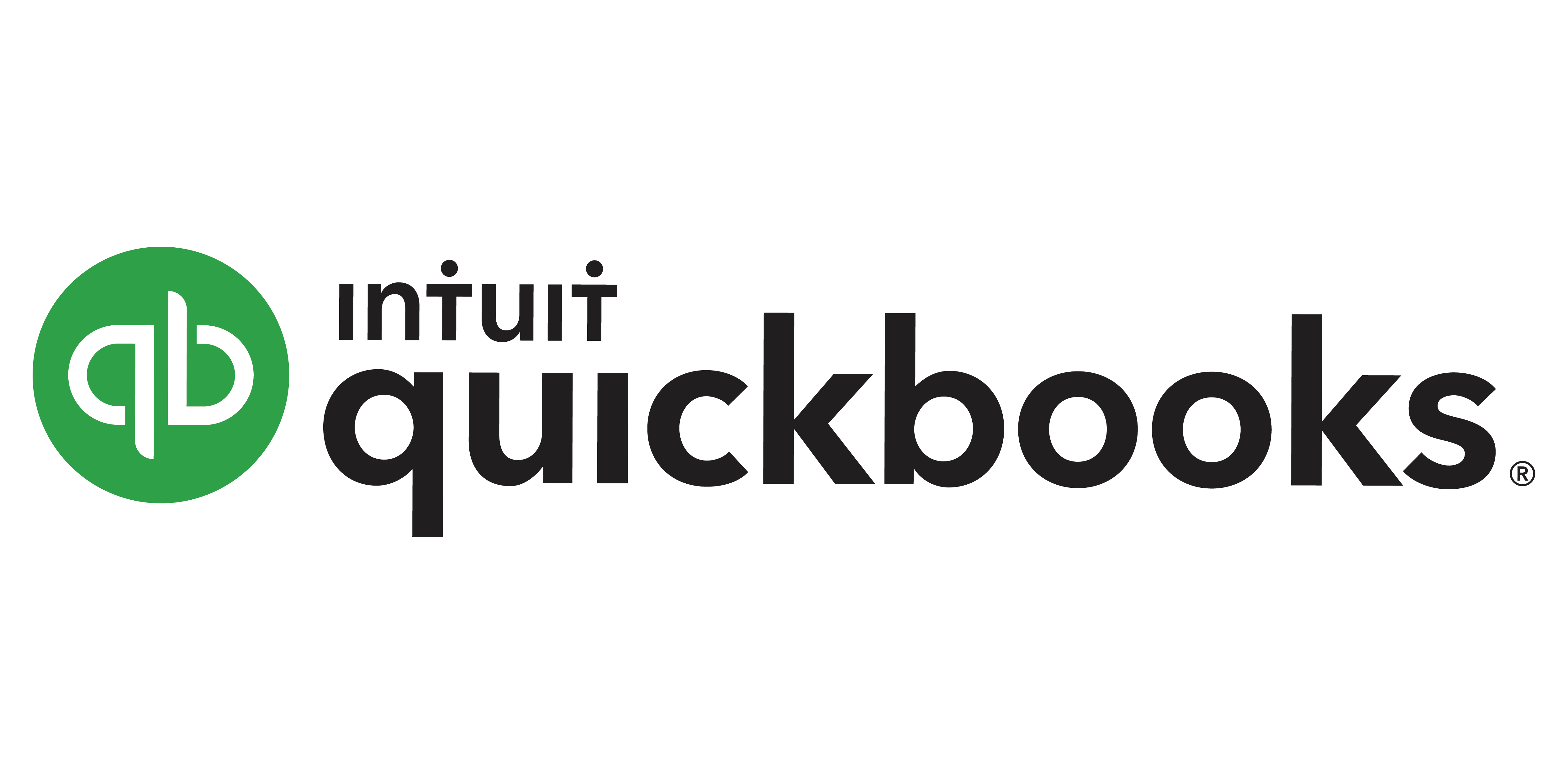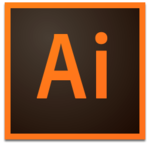What Is App Design Software?
App design software is a sophisticated tool that helps designers, developers, and organizations create high-quality, user-friendly mobile applications. This program simplifies the design and development process, allowing you to transform your ideas into fully functional apps without considerable coding skills. One of the most significant advantages of app design software is its flexibility and agility.
Users may change the appearance and feel of their app using a variety of features and capabilities, including the layout, navigation, color scheme, and visual components. This enables a distinctive and individualized user experience, which is critical for sticking out in today's competitive app market. Furthermore, app design software provides a user-friendly interface and drag-and-drop capability, allowing anyone with little design or coding skills to develop professional-looking apps.
This saves time and resources for enterprises and entrepreneurs, making it an affordable mobile app development solution. Another key advantage of app design software is its cross-platform functionality. This implies that a single design may be customized for use on a variety of devices, including smartphones, tablets, and smartwatches.
This not only saves time, but also broadens the reach of your software and provides a consistent user experience across numerous devices. Security is another key factor to consider while selecting app design software. Many respectable suppliers use extensive security features such as data encryption and safe authentication to ensure the privacy of critical customer information.
In addition to creating the visual element of an app, this software enables the integration of numerous features such as push notifications, in-app purchases, and social network sharing, therefore improving the app's usefulness and user engagement. Overall, app design software is a useful tool for organizations and people who want to build their own apps.
With its user-friendly interface, configurable features, cross-platform capabilities, and security, this program provides a full solution for creating and building mobile apps. So, if you're thinking of developing a mobile app, investing in high-quality app design tools will surely pay off.
What Are the Recent Trends in App Design Software?
As the mobile app industry grows, there is an increasing desire for user-friendly, graphically appealing apps. This has resulted in a steady evolution of app design software, with new trends developing to satisfy the increasing business expectations.
Here are some current developments in app design software that purchasers should be aware of:
1. Mobile Responsive Design: In today's digital world, the majority of users access apps on their mobile devices. This has resulted in a transition to mobile responsive design, which guarantees that the app is suited for different screen sizes and resolutions. App design software that includes responsive design elements allows developers to produce a consistent user experience across all devices.
2. Cross-platform Compatibility: With so many operating systems on the market, developers must prioritize creating an app that works seamlessly across all platforms. App design software now allows you to create cross-platform apps, removing the need for separate development for iOS, Android, and other platforms. This saves time and work while also providing a consistent user experience.
3. AI-Powered Design: The use of artificial intelligence (AI) in app design is becoming more popular since it enables developers to automate activities like picture resizing, color palettes, and font selection. AI-powered design leads to a more efficient and simplified development process, making it an attractive feature in app design tools.4. Minimalism and Flat Design: Simplicity is essential in modern app design, and the trend of minimalism and flat design reflects this. This design style emphasizes clean, basic interfaces with a minimum of design features. App design software that includes templates and tools for this trend makes it easier for developers to construct clean and modern interfaces.
5. Dark Mode: With the growth of OLED panels, dark mode has become a more common feature in apps. Not only does it lessen eye strain, but it also helps to save battery life. App design software that supports dark mode can improve the overall user experience and make the app stand out.
Benefits of Using App Design Software
App Design Software is an invaluable resource for people and organizations seeking to design high-quality mobile applications. Whether you are a newbie or an expert designer, adopting app design software may drastically improve your process and final product. In this buyer's guide, we'll go over the numerous advantages of utilizing app design software, so you can make an informed decision when choosing one.
1. User-Friendly Interface: One of the most significant benefits of app design software is its user-friendly interface. Most software has a drag-and-drop function, allowing non-technical users to build visually pleasing designs. This enables newcomers to get started and develop their own designs with no prior coding or design skills.
2. Saves Time and work: App design software may help you save a lot of time and work. Rather than manually coding and creating each part, the program handles the heavy job for you. This enables you to concentrate on the creative parts of your app design, resulting in a more efficient and rapid development process.
3. Budget-Friendly: Hiring a professional designer or developer to create an app might be costly. App design software allows you to dramatically reduce costs. Because you're building the app yourself, you won't have to pay for any extra services, making it an affordable alternative for both enterprises and individuals.
4. Provides Design Flexibility: App design software has a variety of design templates and configurable features, allowing you to develop a design that meets your individual requirements. You may modify colors, fonts, layouts, and more to make your app stand out in a crowded market.
5. Real-time Testing and Preview: Most app design software allows you to preview your app design in real time, allowing you to make changes and see how they will appear in the finished result. This prevents you from making any last-minute changes and guarantees a high-quality, error-free app design.6. Continuous upgrades and Support: App design software providers frequently offer their consumers ongoing upgrades and customer support. This means you'll get access to the most recent design features and bug fixes, ensuring your app is up to date and runs smoothly.
Important Factors to Consider While Purchasing App Design Software?
When it comes to choosing app design software, there are a few crucial elements to consider to ensure that you pick the greatest option for your requirements. Whether you're a professional app designer searching for extensive capabilities or a newbie looking for user-friendly solutions, these considerations can help guide your purchase decision.
1. Compatibility: One of the most crucial considerations when selecting app design software is compatibility. The program should work with your operating system and any other tools or devices you may be using. Check the system requirements before making a purchase to avoid compatibility difficulties.
2. Functionality: Evaluate the software's features and functionality. Does it provide everything you need to create your app? Look for features like a drag-and-drop interface, pre-built templates, and customizable choices. Consider your individual design demands and select software that includes the capabilities you require.
3. User Experience: The user experience (UX) of the product is critical, especially for beginners. The program should have an intuitive interface and be simple to use. Look for reviews or try a demo version to get a sense of the UX and ensure it's appropriate for your skill level.
4. Pricing: App design software can range from free to hundreds of dollars. Consider your budget and examine the various pricing plans for the software solutions available. Also, search for any additional fees, such as subscriptions or add-ons. Ensure that the software's features and usefulness justify the cost.
5. Assistance And Updates: It is critical to select software that provides dependable customer assistance and timely updates. This guarantees that any faults or defects are resolved quickly and that the software is up to date with the newest design trends and technology.
6. Evaluations And Suggestions: Before making a purchase, check customer evaluations and get suggestions from other designers. This can give useful information and allow you to make an informed decision.
7. Trial or Demo Version: Before purchase, consider using the software's trial or demo version. This will allow you to try out its features and functioning and see whether it is a suitable fit for your requirements. To summarize, while selecting app design software, always evaluate compatibility, functionality, user experience, pricing, support and updates, reviews and recommendations, and test a trial version. By keeping these characteristics in mind, you may select software that fulfills your design requirements and enables you to develop amazing apps.
What Are the Key Features to Look for in App Design Software?
When looking for the best app design software, you should examine the main characteristics that will help your app stand out in a competitive marketplace.
Here are some important characteristics to look for in app design tools.
1. User-friendly Interface: The software should have a simple interface that allows you to explore and develop your app without requiring any technical knowledge. For a streamlined design experience, look for drag-and-drop functionality, adaptable design possibilities, and customizable templates.
2. Cross-platform Compatibility: With the growing popularity of many devices, your program must be compatible with a variety of platforms, including iOS, Android, and Windows. Look for app design software that is cross-platform compatible to guarantee that your app reaches a larger audience.
3. Wireframing And Prototyping Tools: These features are required to create a mock-up or prototype of your app before the design process begins. Look for software that includes wireframing and prototyping capabilities to help you visualize your ideas and make any required modifications before completing the design.
4. Integrations: App design software that integrates with other tools like marketing, analytics, and payment systems may help you save time and effort by improving your workflow and overall app functioning.
5. Configurable Widgets And Components: To design a one-of-a-kind and visually appealing app, you'll need access to a wide range of configurable widgets and components like buttons, icons, and navigation bars. Choose software that provides a variety of alternatives for improving your app's look and functionality.
6. Collaboration And Sharing Capabilities: If you're working with a team or require client input, seek for software that supports collaboration and design sharing. This will assist to expedite the review and approval processes, saving you time and effort.
7. Cost And license: distinct app design software has distinct price and license agreements. Consider your budget and select software that provides a cost-effective answer to your app design requirements. Remember to read reviews and attempt free trials before making a final selection. With these important qualities in mind, you can confidently select the finest app design software to transform your concepts into a visually appealing and useful app.
Why Do Businesses Need App Design Software?
In today's digital world, having a mobile app for your business is becoming more vital. It not only keeps you competitive in the market, but it also allows people to easily access your products or services. However, developing an app from scratch may be difficult and time-consuming, especially if you have no coding knowledge.
Here's where app design software comes in. These tools are particularly intended to make the app development process easier for enterprises of any size. Whether you're a tiny startup or a major corporation, app design tools may help you develop a professional and user-friendly app without requiring substantial coding experience. One of the primary reasons why organizations want app design software is to save time and resources.
These solutions include pre-designed templates, modules, and features that may be quickly adapted to meet your specific company requirements. This eliminates the need to start from scratch and allows you to swiftly release an app to the market. Furthermore, app design software may help firms save money. Hiring a professional app developer may be costly, making it unaffordable for many small businesses.
Businesses that use app design tools can reduce development expenses while still producing a high-quality app that fulfills their needs. Another benefit of employing app design software is that it gives businesses complete control over the appearance and operation of their app. With drag-and-drop interfaces and straightforward tools, you can simply personalize the app to represent your brand identity and add features that will appeal to your target audience.
Furthermore, app design software frequently has built-in testing and preview tools that allow you to see how your app will seem and work before publishing it in the app store. This guarantees that you may make any necessary modifications while providing a consistent user experience.
How Much Time Is Required to Implement App Design Software?
The time required to deploy app design software varies based on a number of factors, including the app's complexity, the user's familiarity with the program, and availability of design resources. The design process might take anywhere from a few hours to many weeks when utilizing app design software. Simpler apps with minimum design requirements, such as an informational app or a simple game, may take a few hours to design and construct the app interface utilizing app design tools.
This covers activities like building wireframes, choosing appropriate color palettes, and incorporating fundamental design features. However, for more complicated apps with extensive design needs, the design process might last several weeks. This is especially true if the program requires bespoke visuals, animations, or complex design aspects. In these circumstances, it is critical to provide adequate time for the design process to assure a high-quality finished product.
Furthermore, the user's familiarity with the app design program might influence the time needed for implementation. Users with past expertise and a thorough grasp of the program can complete the design process faster than those who are new to it. When determining the time necessary for execution, the availability of design resources must also be taken into account.
This includes a clear grasp of the design specifications, access to design materials, and a thorough awareness of the target audience. Lack of these resources can greatly lengthen the time required to implement app design software. Finally, the time required to deploy app design software varies widely and is determined by the app's complexity, user skill, and availability of design resources. To guarantee a successful and visually appealing app design, the design process must be properly planned and allocated adequate time.
What Is the Level of Customization Available in App Design Software?
App design software provides a wide range of customization choices, allowing customers to develop unique and personalized mobile applications. These capabilities enable users to personalize every part of their software, from layout and style to features and functioning. With the increased demand for mobile applications, businesses must differentiate themselves in a crowded market, and customisation in app design software is the key to accomplishing this aim. UI and UX customization.
The user interface (UI) and user experience (UX) are two important aspects of app design. Users using app design tools may customize their app's UI by selecting from pre-designed templates or building their own. This enables for a distinctive appearance that appropriately reflects the brand or product. Furthermore, these tools enable customization choices for animations, transitions, and gestures to improve the user experience and make it more fluid and engaging.
Branding and color customization: App design software enables customers to include their brand's identity while maintaining consistency in their app design. This involves changing the app's color scheme, typefaces, and logo to make it more identifiable to consumers. The option to change these aspects guarantees that the app is consistent with the brand's broader marketing strategy.
Functionality Customization: Another key benefit of app design software is the ability to alter app functionality. This involves adding unique features, connecting APIs, and modifying user processes, all of which contribute significantly to the app's usability. Businesses may customize the app to meet their specific needs and goals, giving a more customized experience for their target audience.
Cross-Platform Customization: With the growing need for multi-platform apps, app design software now includes cross-platform customization capabilities. This enables customers to develop their app once and publish it across several platforms, including iOS, Android, and the web. This not only saves time and effort, but also guarantees that the design and functionality are consistent across all platforms.
Which Industries Can Benefit the Most from App Design Software?
App design software may be a useful tool for a variety of sectors, assisting businesses of all sizes and types in creating appealing and productive mobile applications. Certain businesses, however, might benefit even more from using app design tools owing to their unique demands and aims.
We'll look at which sectors may gain the most from app design software, and why.
1. E-commerce And Retail: With the increase in online purchasing, e-commerce and retail businesses may considerably benefit from app design software. These companies may design user-friendly and visually appealing mobile applications to promote their products, improve the customer experience, and boost sales. App design software also includes features like in-app purchases and push notifications, making it easier for businesses to communicate with consumers and increase conversions.
2. Healthcare: App design software may be used to develop apps for patient education, appointment scheduling, telemedicine, and other purposes. These applications not only improve patient communication and happiness, but also help healthcare providers work more efficiently. App design software, which allows for the safe storage and access of patient information, can also help to improve overall care quality.
3. Education: The education business has undergone a substantial movement toward online learning, particularly in light of the current pandemic. App design tools may help you develop compelling educational apps that cater to different learning styles and include interactive elements like quizzes and games. Schools and colleges may also utilize these applications to connect with students and parents, exchange study materials, and monitor academic performance.
4. Hospitality And Tourism: From hotel reservations to trip guides, app design software may help the hospitality and tourism businesses create a seamless and comfortable experience for their clients. These applications can include features like real-time booking, tailored suggestions, and virtual tours, making it easier for clients to plan and manage their travels. This can eventually lead to greater consumer satisfaction and loyalty.
5. Banking And Finance: App design software has the potential to transform the banking and finance industry. Financial institutions that can design safe and user-friendly mobile banking apps may provide their consumers with a more convenient and efficient method to handle their money. These applications can easily combine features like account balance checking, bill payments, and money transfers, making them essential for modern banking.
Conclusion
To summarize, investing in trustworthy app design tools is critical for developing a profitable and user-friendly mobile application. After examining the best software solutions on the market, it is clear that each provides distinct features and benefits to meet the diverse demands of app designers. When making a selection, it is critical to evaluate elements such as usability, design capabilities, cost, and available support.
Additionally, be sure to select software that is compatible with your design goals and methodology. Overall, the suggested app design software solutions, Figma, Adobe XD, Sketch, and InVision Studio, have proven to be industry leaders, offering powerful tools and user-friendly interfaces for efficient and stunning app creation. By carefully considering your needs and comparing the characteristics of each program, you may find the ideal fit for your app design journey.


